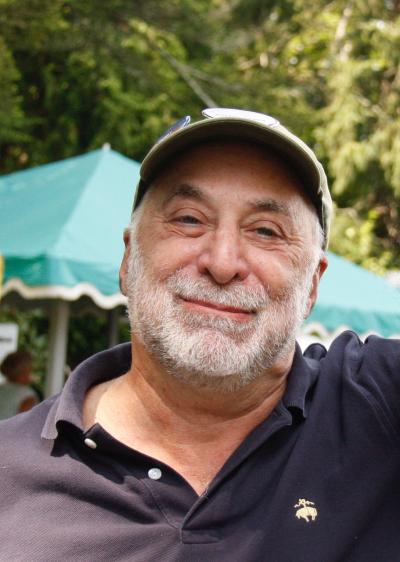Lys Forms New Unity Party
Lys Forms New Unity Party

East Hampton Town Councilman David Lys, who was appointed to the town board in January and must stand for election in November, submitted petitions to the Suffolk County Board of Elections on Monday offering himself as the candidate of a newly created independent political party, the East Hampton Unity Party.
Mr. Lys, who changed his party registration from Republican to Democratic last year, faces a Democratic Party primary challenge from David Gruber, who recently formed his own party called the East Hampton Reform Democrats. Appearing on the newly formed Unity Party line, Mr. Lys said, is a means to “give myself ballot access in November” should he lose in the Sept. 13 Democratic primary. Though he said he is “fully committed and determined to win” that contest, he is also “ fully committed to maintaining my town council seat by all means possible.”
With his name on a Unity Party line, he would still face Mr. Gruber, along with Manny Vilar, the Republican Party’s nominee for the seat, in the event he loses in the primary election — provided the Suffolk County Board of Elections validates his petitions, that is.
Nick LaLota, commissioner of the Board of Elections, said yesterday that Mr. Lys had filed about 420 signatures, 100 more than required to put himself and the Unity Party on the ballot.
Amos Goodman, chairman of the East Hampton Town Republican Committee, which has mounted a court challenge to the Independence Party’s petitions for Mr. Gruber, said yesterday that he has not challenged Mr. Lys’s petitions but “it is something I am looking at. If I get a copy of it, which I think is going to be today, there has to be 350 green signatures,” meaning signatories cannot have signed any other nominating petition. Given how many petitions have already been circulated for the various political parties, “I personally think it will be tough.”
“From my perspective, I think a potential three-way race means Gruber wins, because I think Lys and Manny in that instance would split the moderate vote to David [Gruber]’s benefit,” Mr. Goodman said. “That’s why we’re fighting so hard to challenge Gruber’s Independence Party petitions. We don’t want a three-way race. We’re not looking to suppress votes or cause problems. I don’t want to be the ‘petition hall monitor.’ We just want to take a look. We’ve had, in past years, our own petitions scrutinized. It’s appropriate, in the proper way, not in the court of public opinion, or in trying to smear. I’ve never done that.”
The move also allows Mr. Lys, who cannot vote for himself in November because of his recent change in party affiliation, “to interact with a large voter bloc. They’re all extremely excited by what I was doing” on the town board. “I was very, very bolstered by the support I received from hundreds of people.”
“The way I looked at it,” Mr. Lys said, I wanted to make sure that I have done everything possible” to prevail in the Nov. 6 election.




